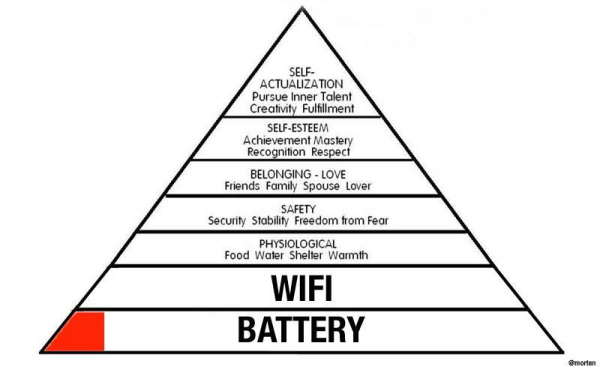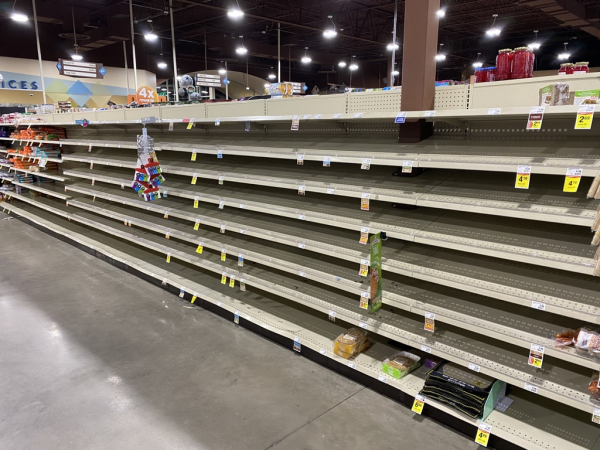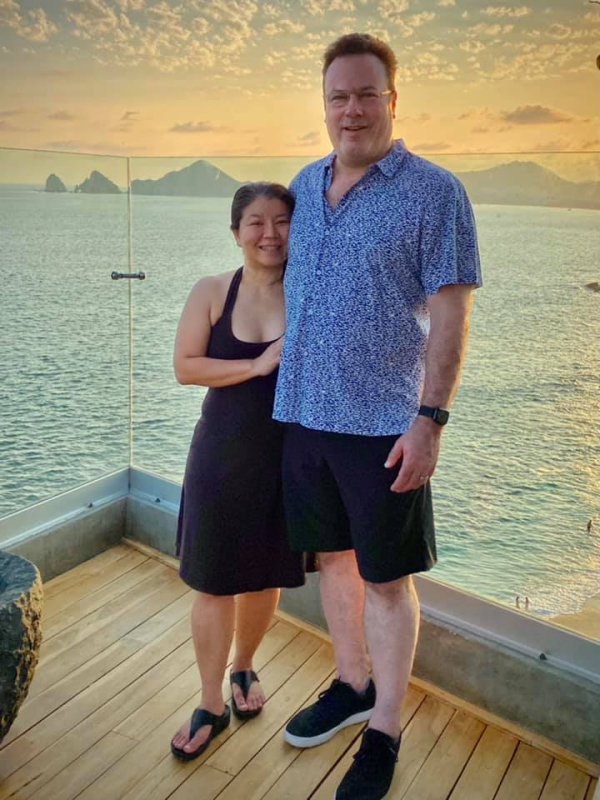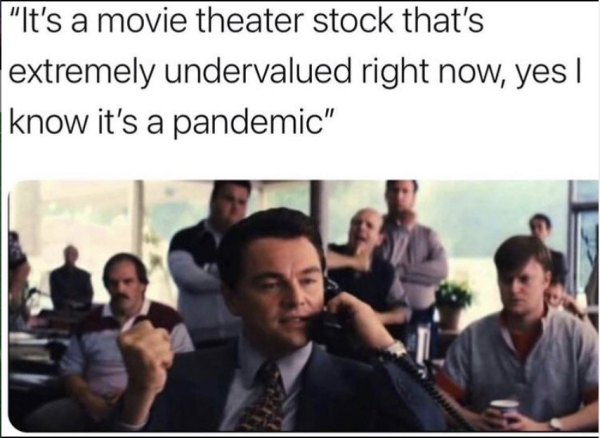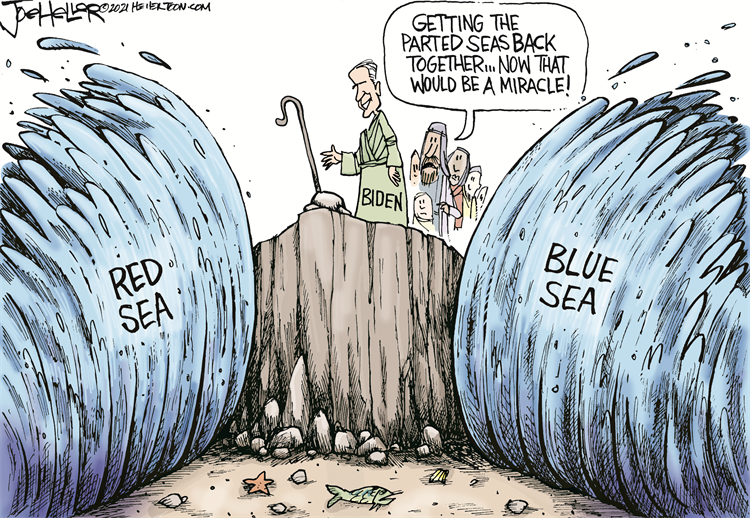Sometimes I write posts about business ideas I've found to be particularly helpful. Today, I am writing about a concept that I would call "foundational," called the Gap and the Gain (which was created by Dan Sullivan of Strategic Coach). The base concept is simple – nonetheless, understanding and applying it can have transformative effects. The central concept is that you can be successful and happy or successful and unhappy … and the difference between the two is likely how you choose to measure your results.
Are you focused on the gap (all the things you still don't have) or the gain (all the things you already have)?
As an entrepreneur whose business is based on innovation, one of my unique abilities is being able to think about what's possible … and then find the golden thread from where we are to where we want to be. It's why I believe one of the "secrets to success" is to become comfortable being uncomfortable. Why? Because almost anything you want is beyond your current capabilities (otherwise, you'd already have them). Being able to transform the goal into a directional compass leading you in the right direction is easy for me, and gives me energy.
But, that unique ability comes with a pretty obvious drawback … I'm never where I want to be (because I'm constantly looking at the horizon, and as I move towards it, the horizon continues moving). This is the curse of many entrepreneurs. They live and die without a fulfilling sense of accomplishment because they're always focused on the next mountain. The progress that they've made getting to here, and the confidence they built getting to here, raise the bar of what's possible. Instead of focusing on the progress and wins that got them where they are, they monomaniacally focus on the gap between the current reality and their new shiny goal.
The distance between where you currently are and where you want to go should be motivating. In fact, I'd argue that the ability to stretch your vision further is a skill you should reward rather than punish. It is simply a matter of perspective. Measure from where you started, but don't lose sight of the bigger future. One pushes you from behind, and the other pulls you forward.
That's the gap and the gain, and it's a great lesson that is useful in businesses and life in general. Ultimately, you're in control. You get to decide what you focus on, what it means, and what you choose to do.
Personally, probably the most important way this lesson has impacted me was in making more of the time left with my dad while he was dying.
That video is about a year that brought my Dad's death, the forced sale of my company by venture capitalists, and a divorce (in that order). In many respects, it was a horrible year … a year where it would have been easy to focus on the gap rather than the gain.
Luckily, sometimes, life's darkest days bring the greatest gifts … if you are willing to look for them.
One of my biggest takeaways from that struggle was about the time value of life.
In finance, the "time value of money" refers to the principle that money's purchasing power varies over time (meaning, money today has more purchasing power than money later). In part, this is because the value of money at a future point in time might be calculated by accounting for other variables (like interest earned, or inflation accrued, etc.).
It occurred to me that a similar calculation applied to life … or living.
During the last part of my dad's life, it was easy to focus on what we were lacking … time … we would have done almost anything for a little more time.
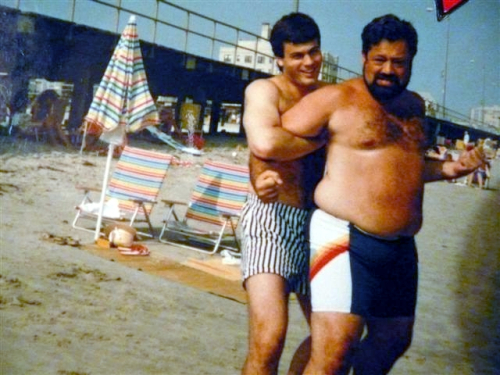
In his last year, things that used to be unimportant, or even mildly irritating, took on increased importance. For example, a dinner together became almost a sacred event; a kiss goodnight was truly heartfelt, and saying goodbye meant something … because it could be the last time.
Because of that focus, he took more "life" out of that time. Necessity is often the mother of invention. While I wouldn't have chosen the situation, it changed his mindset (frankly, it changed our mindset), and as a result, we increased the amount of life we squeezed out of that little bit of time.
Obviously, the choice to make more of life shouldn't wait for the death of a loved one or a similar crisis.
We can choose to focus on what we want and what we gained to make the most life out of whatever time we're given.
I spent a lot of that year moving away from pain when I could have been moving toward opportunity. I'm grateful I learned that lesson before he passed.
To close, I want to leave you with a lesson from my dad that really stuck with me.
The difference between good and great is infinitesimal. People who are good take advantage of opportunities … but people who are great create them. ~ Jacob Getson
It's a conscious choice we can all make.
Hope that helps.
If you want to learn more about the specifics of the "Gap and the Gain," Ben Hardy wrote a great article on the subject.

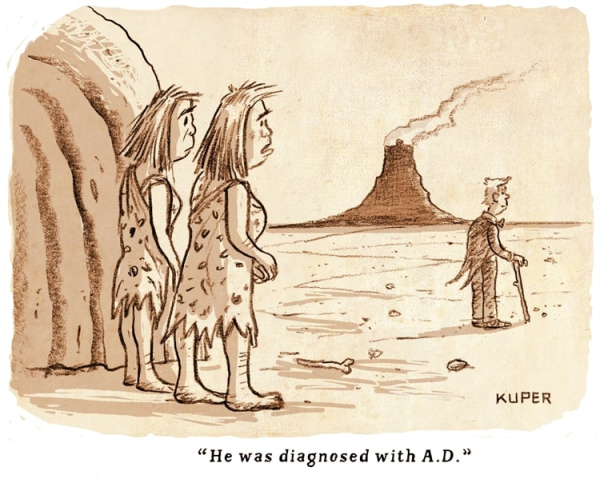
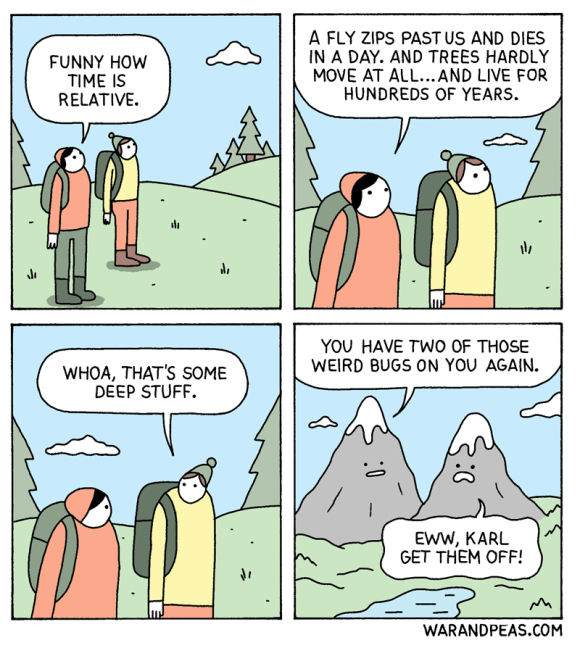 How can you maximize the time you have left? Fill it with the best experiences, activities, and people you can.
How can you maximize the time you have left? Fill it with the best experiences, activities, and people you can.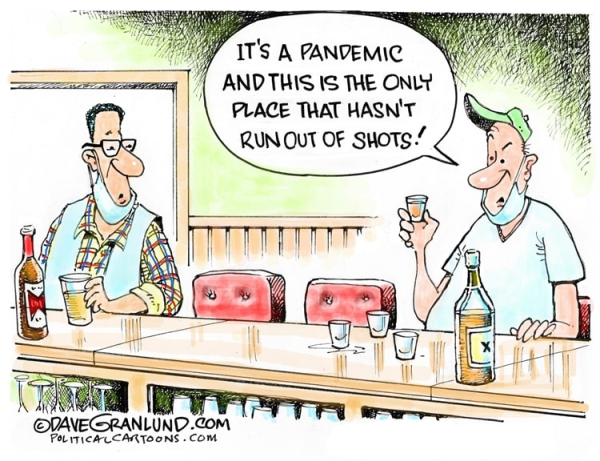
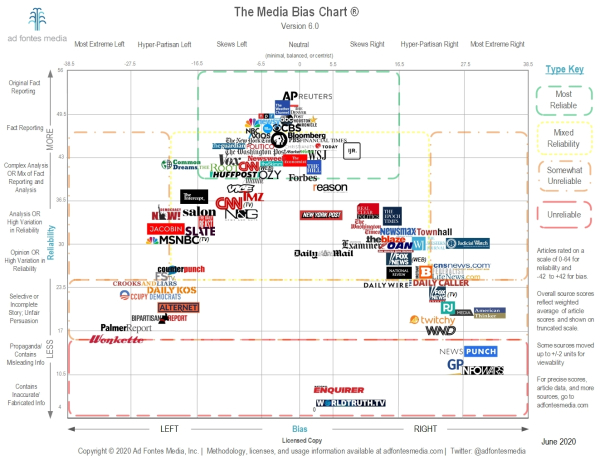

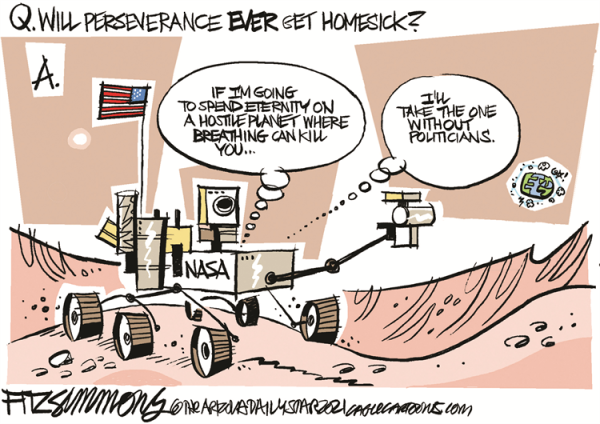
 via Joe Raedle/Getty Images
via Joe Raedle/Getty Images